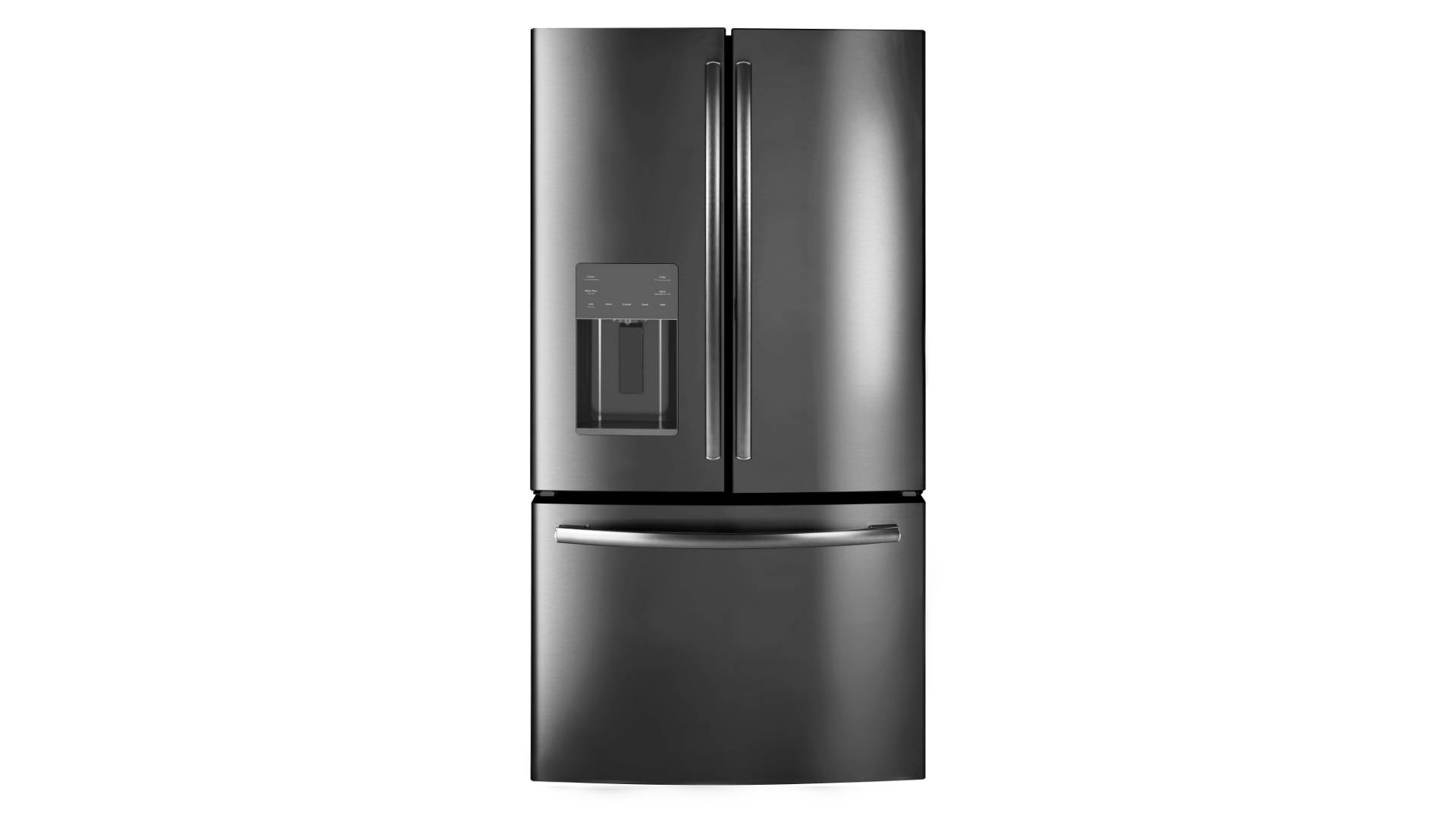
You go to your refrigerator when you’re hungry. If it’s emitting a bad smell, it can be easy to lose your appetite.
A nasty odor in your refrigerator can have many causes. This guide will go over the most common of these and tell you how to fix them.
This guide covers the following models of Samsung refrigerators:
RF268ABBP
RF268ABBPXAA
RF268ABPN
RF268ABPNXAA
RF268ABRS
RF268ABRSXAA
RF268ABWP
RF268ABWPXAA
RFG298AABP
RFG298AABPXAA
RFG298AAPN
RFG298AAPNXAA
RFG298AARSXAA
RFG298AAWP
RFG298AAWPXAA
RS2630SHXAA
RS2630WWXAA
RS267LABP
RS267LASH
RS269LARS
RS2777SL
Clean Inside Your Refrigerator
Most of the time, bad smells are caused by food that has gone bad. These smells can sometimes persist even after the spoiled food is removed. The odorants that cause the smell can stick to the rubber seals or refrigerator walls.
Here’s how to clean your refrigerator to get rid of these smells:
- Turn your refrigerator off at the wall or unplug it.
- Check for unsealed or expired food. Throw away spoiled food and seal everything good inside an airtight container. Remove all food from your refrigerator, and keep it in a cool place. You can use ice packs if you don’t have another refrigerator.
- Wipe away any major spills or food waste with a damp cloth.
- Wash the rubber seals using a wet cloth. Use only clean water and avoid any cleaning products since the rubber is sensitive.
- Wash the inside walls, shelves, and drawers using a wet cloth. Use a mixture of water and dish soap. Avoid bleach or any other cleaning products that are not pH neutral.
- Thoroughly dry the inside of your refrigerator with an absorbent paper towel or a dry cloth. Leave the doors open for a few hours so your refrigerator can air out.
- Replace your food and switch your refrigerator back on.
Absorb Lingering Smells
If a smell persists after cleaning your refrigerator, there are several ways you can absorb the odorants that are causing the smell.
Here are some methods you can try:
- Open a box of baking soda and place it in the refrigerator compartment for 1-2 days. If your model has a freezer compartment, use 1 box in each compartment. Discard the baking soda after use.
- Place a bowl of activated charcoal in the main compartment of your refrigerator for a couple of days; 3-4 tablespoons is a good amount.
- Soak a few cotton balls in vanilla extract and place these on a plate with some slices of orange or lemon. Leave these in place for at least 24 hours to impart a fresh scent inside your refrigerator.
Clean Out the Drainage Tray
A nasty or moldy smell coming from your refrigerator even when the doors are closed could indicate a buildup of bacteria or mold in the drainage tray underneath the refrigerator.
This plastic tray captures water from the refrigerator and freezer. The heat from the compressor’s motor evaporates the water that collects. However, small amounts of food waste in the drainage tray can build up over time and lead to bacterial growth or mold.
Here’s how to access the drainage tray:
- Turn off your refrigerator at the wall and unplug it.
- Carefully pull your refrigerator out from the wall so you can access the back.
- Use a Phillips-head screwdriver to remove the screws holding on the large metal panel at the bottom of the back of the refrigerator. Remove this panel and place it to the side.
- Locate the drainage tray. It is the black, plastic tray on the right side of the refrigerator underneath the condenser coils.
Unfortunately, the drainage tray is difficult or impossible to remove in Samsung refrigerators, so you will need to clean it in place.
Here’s a method you can use:
- Get a straw cleaning brush or a similar long, flexible metal rod.
- Use rubber bands to attach cleaning wipes (such as Clorox) to the end of your tool.
- Insert the end of the rod with the cleaning wipe on it underneath the coil, and carefully wipe around inside the tray.
- Remove the rod and discard the cleaning wipe. Repeat this process until the cleaning wipe remains clean.
- Screw the panel back on, put your refrigerator back in place, and turn it back on.
Replace the Water Filter
Refrigerators with water filters need the filter replaced every six months. Many Samsung models have an indicator light that tells you when to replace the filter. The light will be blue when the filter is still fresh. When it turns light pink, it is time to order a new filter. When it is red, the old filter has expired.
An expired filter can cause a bad smell. If this is the case, you should also notice that the water and ice coming from your dispenser tastes and smells off.
Here’s how to change the water filter:
- Get a replacement filter. You need a HAF-CIN filter. These are available from major retailers or online.
- Turn off the water supply to your refrigerator, and dispense the remaining water until flow stops.
- Remove the old water filter. This is located between the crisper drawers. Turn the knob counterclockwise and pull it toward you.
- Insert the new filter and turn it clockwise until the arrow on the filter lines up with the padlock icon on the refrigerator.
- Turn the water back on. Dispense about two gallons of water and discard it.
Adjust Your Refrigerator’s Temperature
Keep your refrigerator at the proper temperature to avoid food spoiling. This will help you to prevent bad smells. Keep your refrigerator at or below 40°F and your freezer at 0°F.
Regularly place a thermometer inside your refrigerator and freezer to check that your thermostat is working correctly. If the actual temperature is higher than the thermostat temperature, correct this by turning down your thermostat.
The problems and solutions described should cover most times that a Samsung refrigerator has a bad smell. There may be cases where something else causes the problem. If the methods above do not work, consult a professional refrigerator repair technician to find the source of the odor.

Why Is My Microwave Sparking?
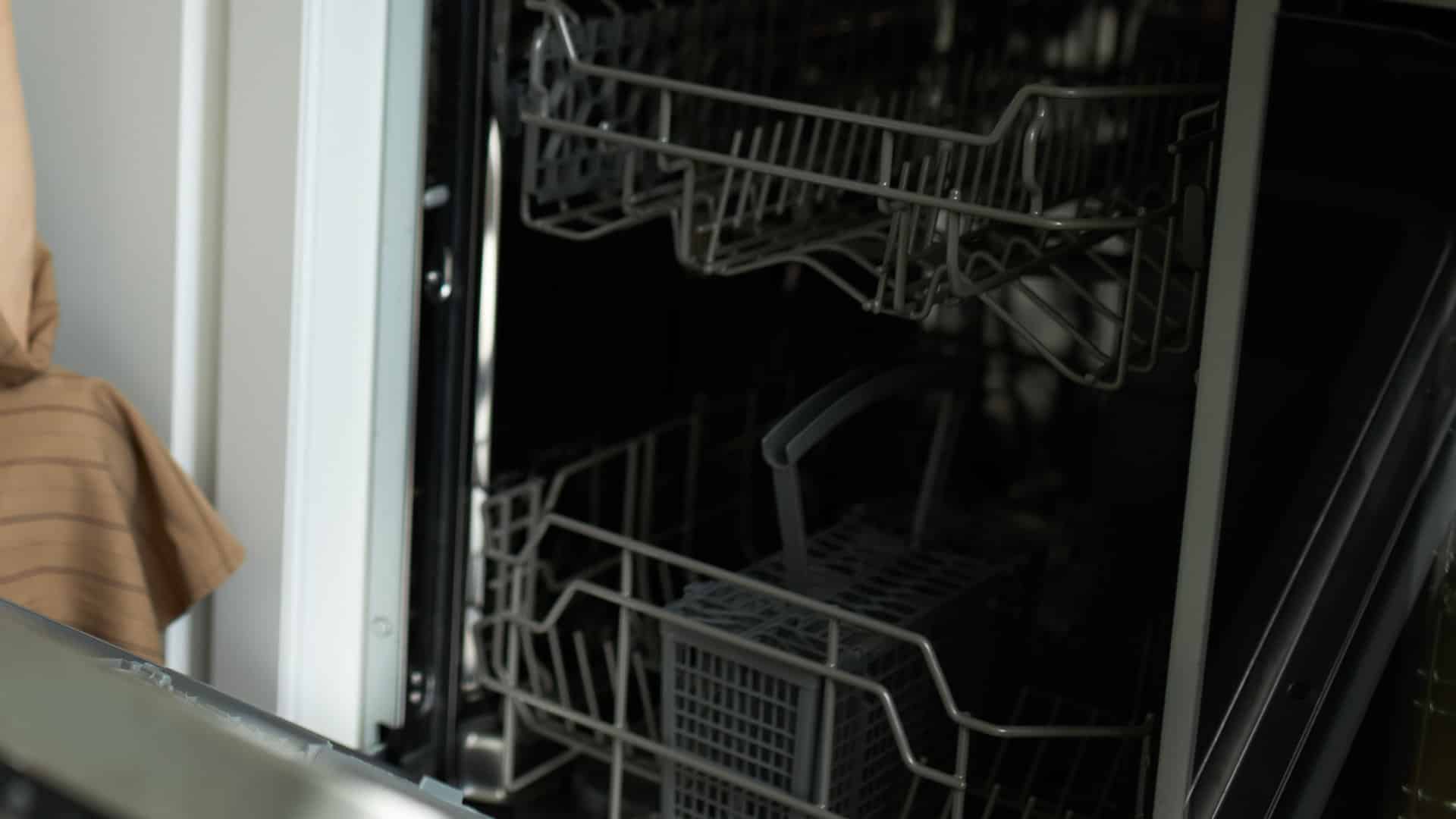
Understanding Frigidaire Dishwasher Error Codes

How to Dry Shoes in Dryer Without Damaging Them
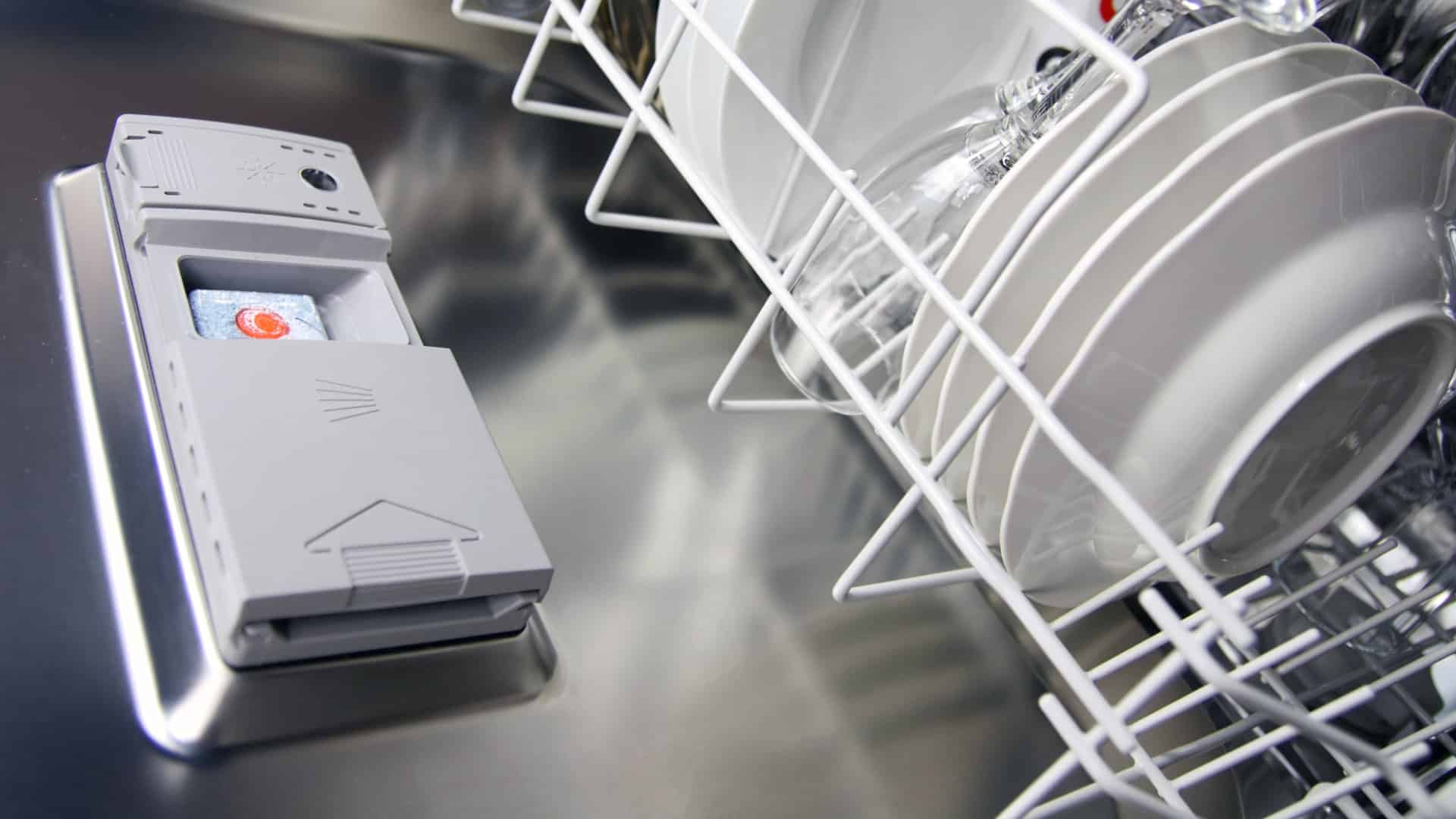
Why Is My Dishwasher Leaking?

How to Solve Electrolux Dryer Error Code E64
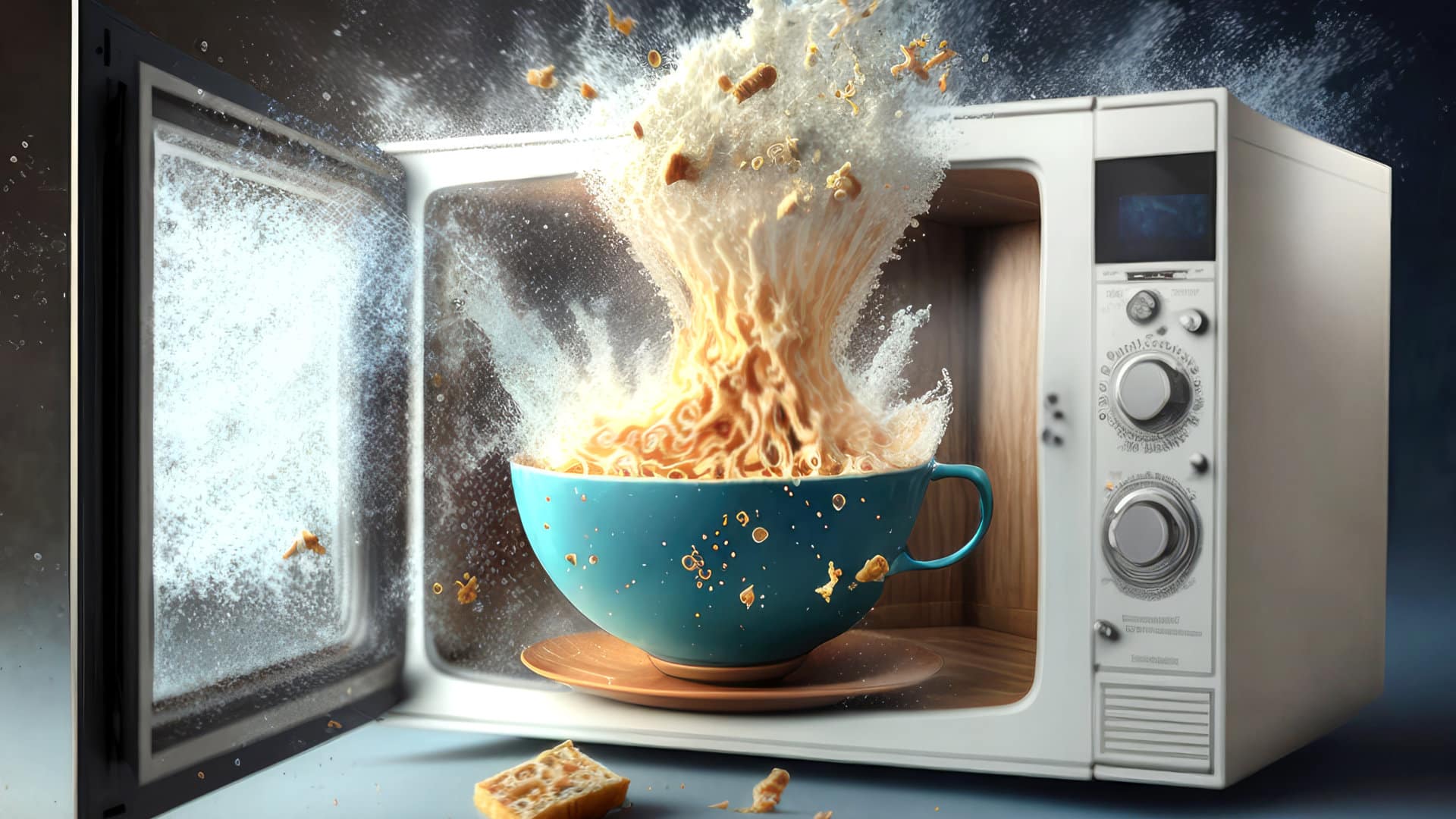
Microwave Light Won’t Turn Off? Here’s Why
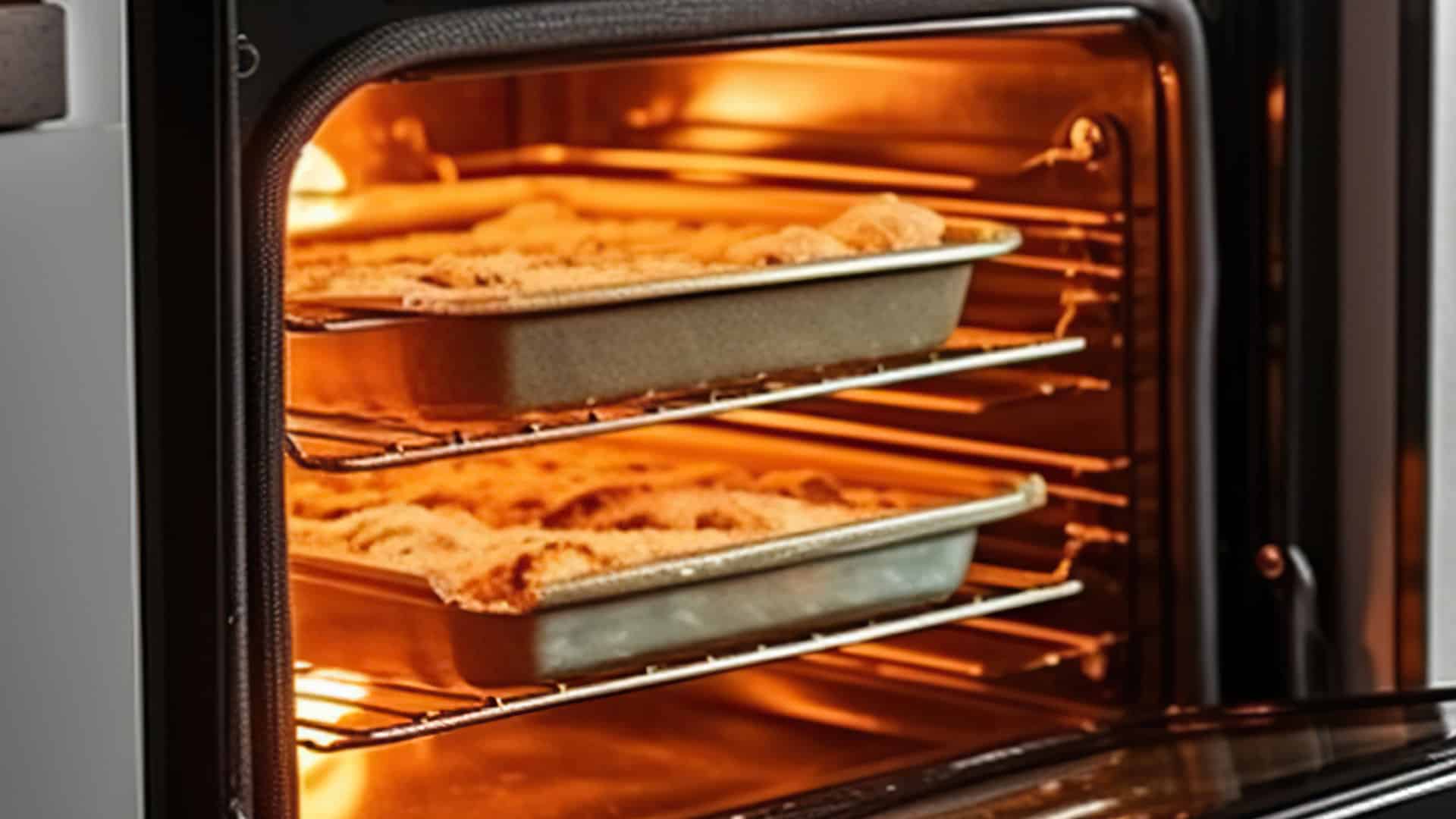
GE Oven F9 Error Code: How to Fix It

How to Use a Self-Cleaning Oven (In 4 Steps)

How To Use a Maytag Top-Load Washing Machine
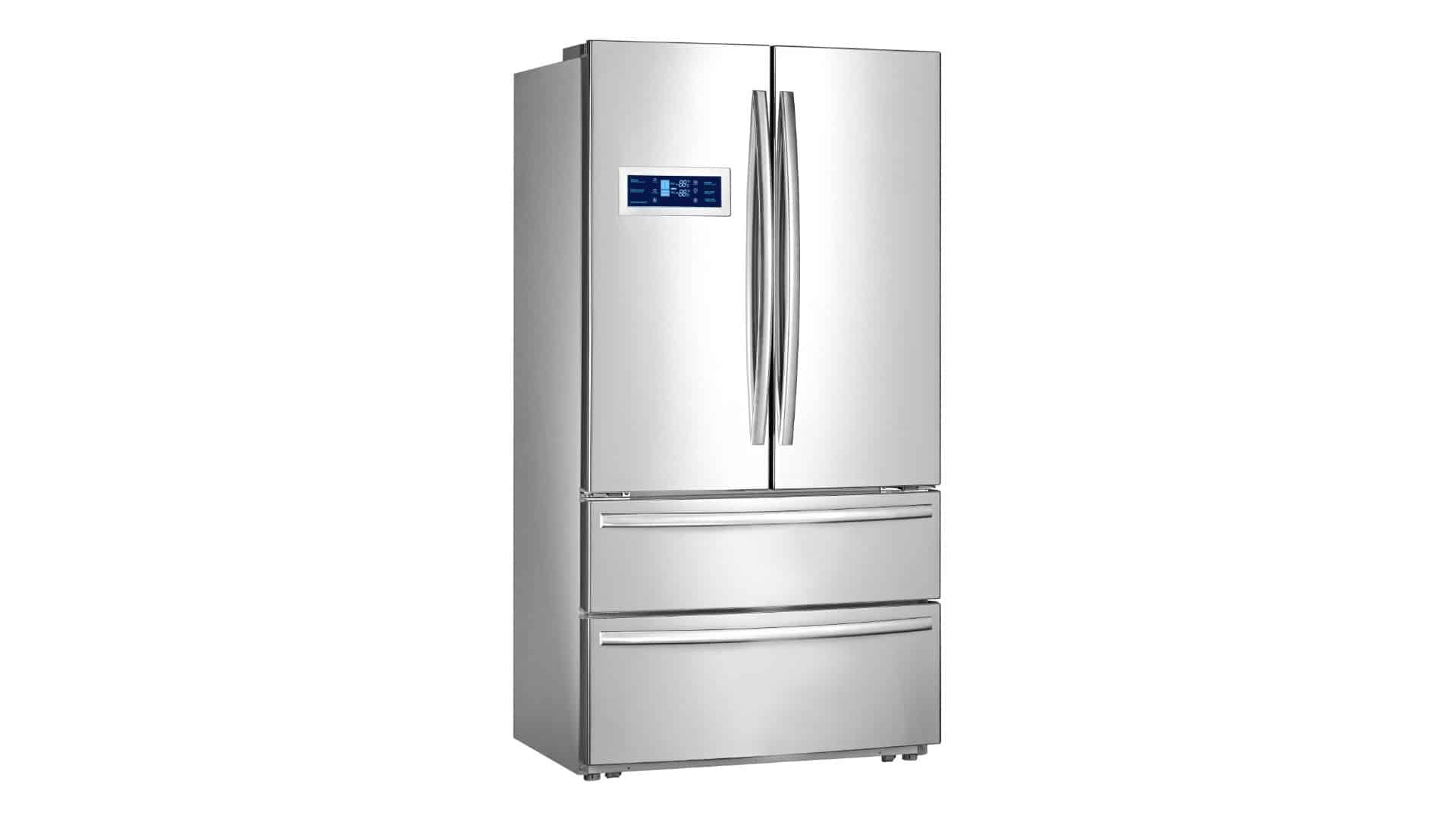
What to Do If Your Samsung Ice Maker Is Not Making Ice

How to Fix a Microwave Turntable That’s Not Turning

How to Wash Pillows in a Washing Machine

How to Fix an Ice Maker That Isn’t Working
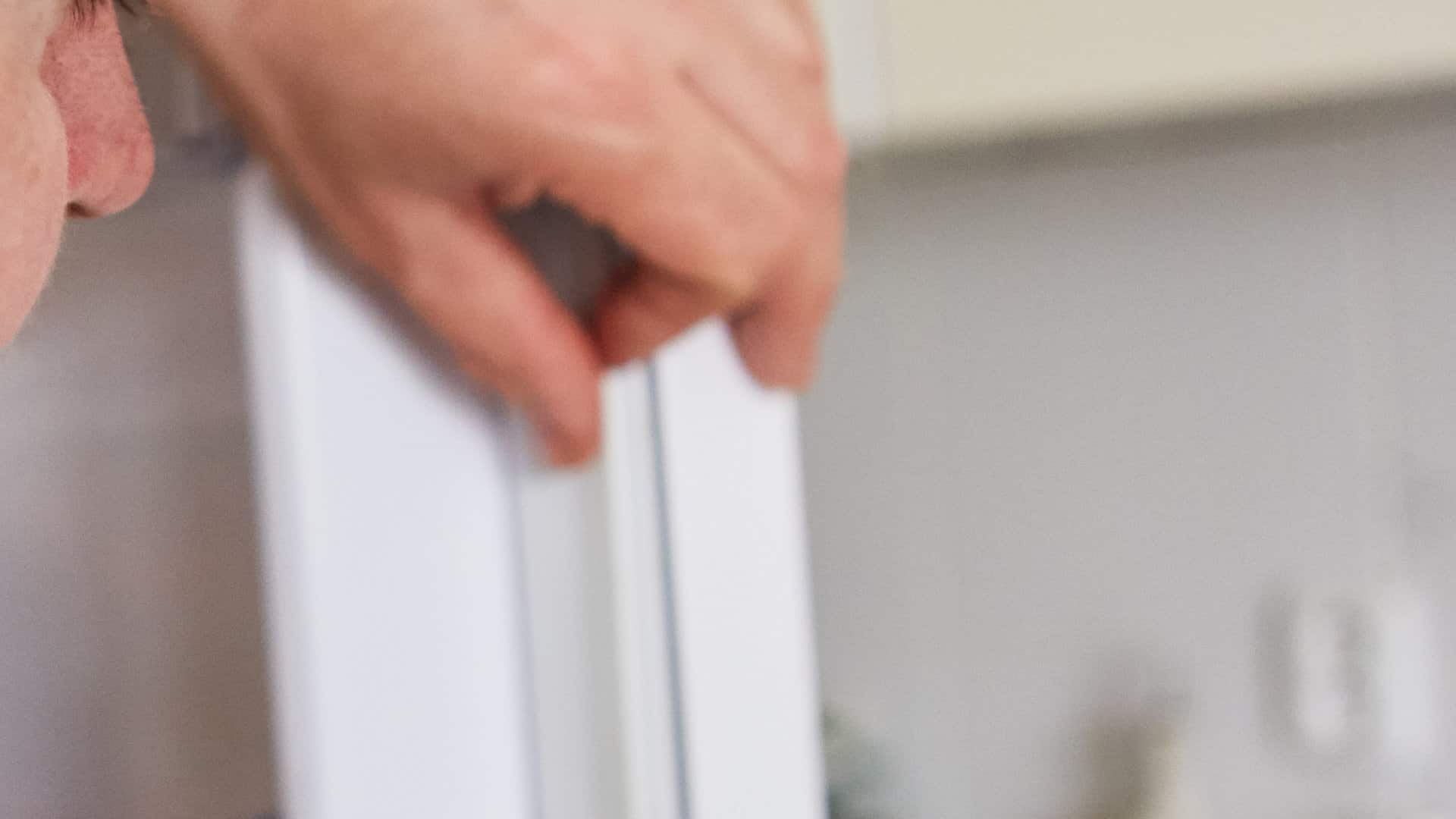
Broken Refrigerator Door Seal? How To Fix It


